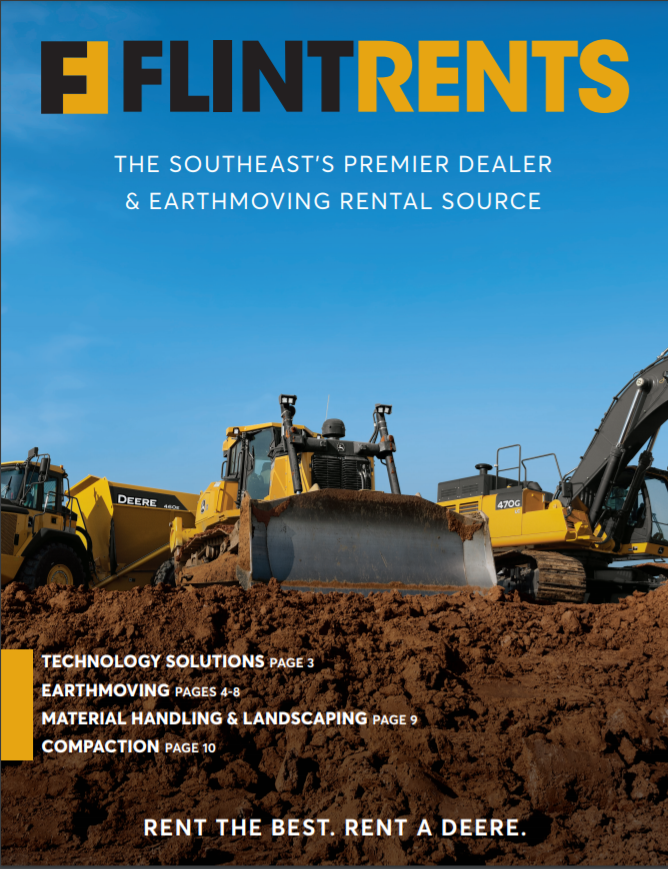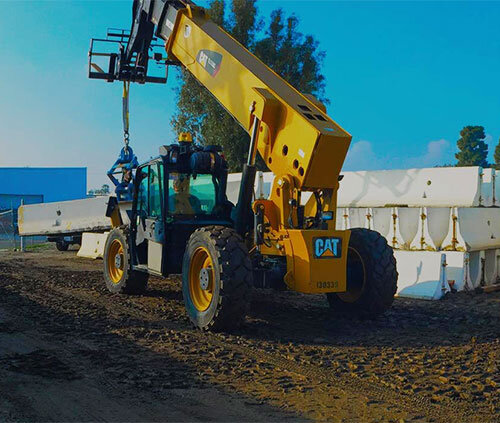Mini Excavator Rental: Compact Machines for Strict Spaces
Mini Excavator Rental: Compact Machines for Strict Spaces
Blog Article
Optimize Your Spending Plan by Comprehending the Costs Connected With Building And Construction Tools Services
Understanding the complete range of expenses associated with building tools rentals is crucial for optimizing your spending plan. While the preliminary rental fee might seem simple, various added costs-- such as transport, fuel surcharges, and upkeep-- can quickly collect, affecting your economic planning. Being aware of numerous costs and the ins and outs of rental contracts can assist prevent unforeseen monetary burdens. What techniques can be utilized to properly manage these prices and make certain a much more efficient rental experience?
Summary of Rental Prices
When taking into consideration building and construction tools rentals, understanding the associated costs is extremely important for reliable budgeting and project preparation. Rental prices can differ considerably based on numerous elements, including equipment type, period of leasing, and place. The first rental charge frequently shows the equipment's market demand and its linked functional capacities, affecting the total expenditure.
In enhancement to the base rental rate, secondary prices might arise, such as transport charges, gas surcharges, and maintenance costs. It is important to make up these additional costs to precisely examine the overall cost of renting equipment. Additionally, the rental duration can affect rates; longer services might get approved for reduced prices, while short-term services might incur higher day-to-day fees.

Malfunction of Rental Rates
A comprehensive understanding of rental rates is crucial for professionals and task managers intending to maximize their budgets. Rental rates for construction tools usually include several components, consisting of base rates, time-based fees, and use charges.
Base rates are the core costs related to the leasing of the equipment, commonly determined by the kind and dimension of the equipment. These prices can vary substantially, influenced by factors such as tools need, availability, and local market trends. Time-based costs, which might be daily, weekly, or monthly, offer to accommodate different project timelines and rental periods.
Additionally, rental rates may include use costs, which apply when equipment is utilized past a specified limit, ensuring that the rental business can represent deterioration. Seasonal demand changes can also influence rental prices, with peak building and construction seasons generally regulating higher rates.
Additionally, recognizing the rental firm's policies concerning maintenance and insurance coverage can offer further insight into the overall price structure. By examining these parts, professionals can make enlightened decisions, ensuring the option of rental tools straightens with both job demands and budget plan restraints.
Additional Costs to Consider
Comprehending the intricacies of added fees is crucial for service providers to handle their total leasing costs effectively. Beyond the conventional rental prices, different supplementary costs can considerably influence the total expense of devices rental. These fees frequently consist of distribution and pick-up fees, which can vary based upon distance and logistics involved in delivering the equipment to and from the job site.
Furthermore, some rental companies may impose fuel additional charges if the equipment is returned with much less gas than when rented out. It is additionally necessary to know possible cleansing charges, especially for specialized tools that calls for extensive maintenance after use.

Extensively reviewing the rental agreement and making clear these added costs in advance can help specialists make certain and stay clear of unanticipated costs that budgets remain undamaged throughout the job lifecycle.
Upkeep and Repair Service Expenses
Regular maintenance and repair expenditures are often overlooked elements that can significantly influence the general price of building devices rentals. When renting out devices, it is crucial to think about not just the rental fees but also the potential costs related to keeping the machinery in optimum operating condition.
Many rental companies consist of basic upkeep as component of the rental arrangement; nevertheless, extra substantial repairs or unanticipated breakdowns can bring about additional expenditures. It's vital to assess the rental agreement very carefully to understand what upkeep solutions are covered and what responsibilities drop on the renter.
In addition, equipment that is not well-kept can bring about inadequacies on the work site, possibly triggering hold-ups and raising task prices. To minimize crane machine construction these dangers, it is suggested to conduct regular inspections and preserve open interaction with the rental copyright regarding any see problems that occur throughout use.
Insurance Coverage and Liability Expenses
Insurance policy and liability prices are vital elements that can significantly influence the total cost of construction tools leasings (construction equipment rentals). These prices make sure that both the rental firm and the client are protected from potential financial losses occurring from crashes, damage, or theft during the rental period

In addition, customers need to know any deductibles or exemptions in the insurance plan, as these can influence possible out-of-pocket expenditures. Recognizing the terms and problems of any insurance protection is vital to avoid unexpected costs. Ultimately, budgeting for insurance coverage and obligation costs can help make certain a smoother rental experience and safeguard against financial risks linked with building and construction tasks.
Conclusion
To conclude, a thorough understanding of the expenses related to building and construction equipment rentals is important for reliable spending plan monitoring. By evaluating rental rates, additional costs, upkeep expenses, and insurance people, companies and demands can decrease unforeseen expenditures. This calculated approach not just enhances cost-effectiveness however also guarantees that jobs progress smoothly and effectively. Inevitably, informed decision-making concerning tools leasings contributes to the overall success of construction endeavors.
Rental expenses can differ substantially based on several aspects, consisting of devices type, period of leasing, and area (heavy equipment rental). The rental period can impact rates; longer services may qualify for reduced prices, while short-term services might sustain higher daily charges
By performing comprehensive study and involving with respectable rental companies, service providers can effectively browse the intricacies of rental rates, eventually maximizing their economic resources.
Past the standard rental rates, various extra costs can dramatically affect the total expense of equipment leasing. Rental firms frequently give responsibility insurance policy that covers injuries to 3rd celebrations or damage to residential property, while devices damage insurance coverage can cover the expense of repair services or replacement if the rented out tools is harmed.
Report this page